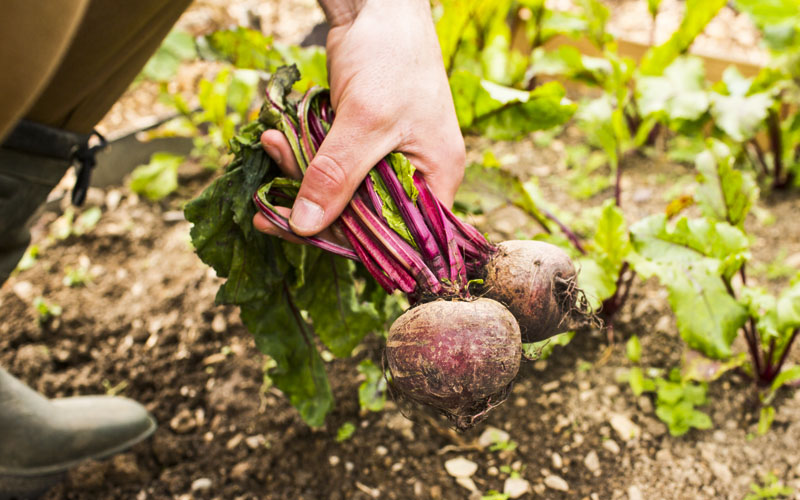
At 5 years old, Miguel Villarreal hated beets. Born into a family of migrant farmworkers, his disdain for this root vegetable stemmed from hoeing it.
Today, Miguel is pro-beet, and as food service and wellness director of Novato Unified School District in California, he wants to make sure that the students he serves have the opportunity to form healthy, positive relationships with food and local farmers, right from the start. He’s instituted meatless Mondays across the district, eliminated soda, and dramatically increased the number of students who eat breakfast every day.
Miguel was one of more than 1,100 people who gathered in Austin, Texas, this month for the 7th National Farm to Cafeteria Conference, a biennial event hosted by the National Farm to School Network. The conference convenes people from various sectors who are working to bring local food along with food and agricultural education into schools, childcare centers, hospitals, universities, and prisons across the country.
Emily Ling, project coordinator for the Texas Jail Project, was at the conference to learn more about applying the principles of food justice to the at-risk and often-overlooked inmate population she works with.
“For people who have been through struggles and trauma, eating poor-quality food adds further harm to bodies that are likely already struggling physically and mentally,” she says.
In addition to healthy food, Emily is interested in bringing more gardens and farms to prisons to provide therapeutic programming and skills training.
Cafeterias in schools, universities, prisons, hospitals, and childcare centers serve more than 40 million Americans every day during the school year, placing the farm-to-cafeteria movement at the forefront of the fight to end obesity and strengthen local-food systems. Farm-to-cafeteria activities not only provide large, new markets to local and sustainable farmers, but they also act as a catalyst for infrastructure development and educate millions of Americans about the benefits of buying local and making healthy food choices.
All it takes to start creating change in a community is one passionate person who is willing to forge partnerships and ask compassionate questions. Not that long ago, Miguel was selling software and Emily was just a student with a passion for social justice.
Are you that passionate person? Miguel offers this advice to you and others wanting to create change: “Ask, ‘what one thing can I do today?’ Start. Even if it is at just one school. But do it well. Celebrate the success and do the next thing tomorrow.”
Start today by visiting the National Farm to School Network’s new website, farmtoschool.org, where you will find resources that can help you institute farm-to-school practices in your community!
 Chelsey Simpson is the communications manager for the National Farm to School Network. The National Farm to School Network is an information, advocacy and networking hub for communities working to bring local food sourcing and food and agriculture education into school systems and preschools.
Chelsey Simpson is the communications manager for the National Farm to School Network. The National Farm to School Network is an information, advocacy and networking hub for communities working to bring local food sourcing and food and agriculture education into school systems and preschools.




This post gives clear idea for the new users of blogging, that
truly how to do running a blog.